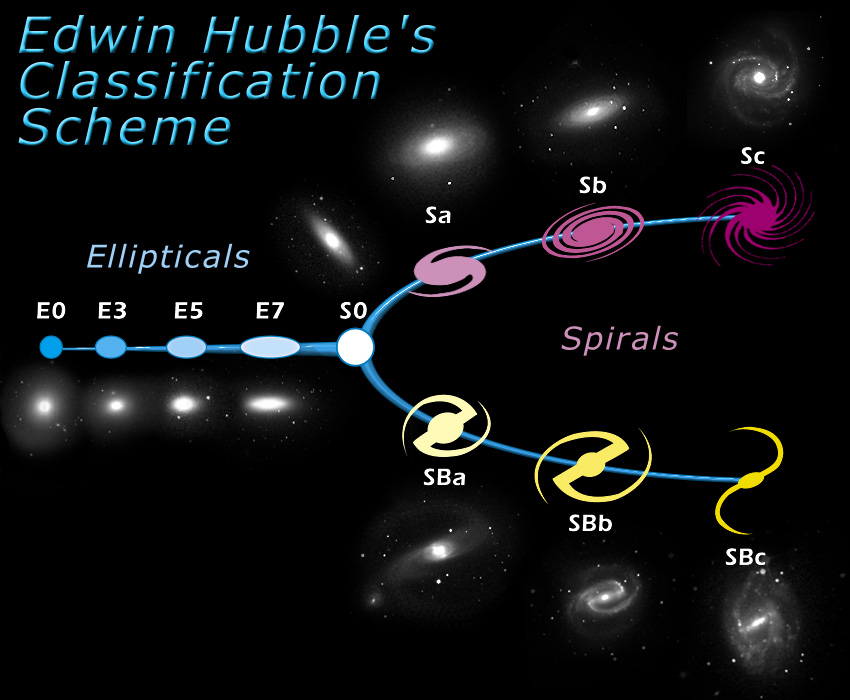A "strange, giant" galaxy is breaking all the rules
Without a supermassive black hole to stop them from forming, why aren’t there any young stars?
NASA, ESA, the Hubble Heritage (STScI/AURA)-ESA/Hubble Collaboration, and W. Keel (University of Alabama, Tuscaloosa), Public domain, via Wikimedia Commons.
A century ago, astronomer Edwin Hubble defined two main types of galaxies: spirals and ellipticals.
Spiral galaxies are formed in regions of space with a high density of dark matter, known as dark matter halos. As cold gas and dust are pulled toward the center of the halo via gravity, the particles collide and heat up, creating the cores of new stars. Spiral galaxies are disk-shaped and have lots of younger stars that give off blueish light.
Elliptical galaxies, on the other hand, are born when two (or more) spiral galaxies merge, losing their defining structure and morphing into a regular elliptical shape. In contrast with spirals, elliptical galaxies do not have much ongoing star formation and are mostly formed from older, redder stars. The bulge at the center of these galaxies is a supermassive black hole that disrupts the star formation process by heating or ejecting the gas that would normally form the core of a new star. Almost all massive galaxies — defined as larger than 100 billion times the size of our sun — are red ellipticals, since they are the result of many previous mergers.

The original uploader was Cosmo0 at English Wikipedia. Public domain, via Wikimedia Commons
Perplexingly, a new study of the massive galaxy SDSS J022248.95-045914.9 disrupts that paradigm. Astronomers expected this massive red galaxy to be elliptical because star formation has been quenched. However, there is no supermassive black hole bulge in the center of the galaxy, and the brightness profile matches what’s normally seen in a spiral galaxy. Moreover, it’s located in a dark matter halo, a region that usually has lots of young stars. The authors looked for other massive galaxies with these characteristics in an existing database, but were unable to find anything.
So how did this strange, giant galaxy form, and why did it stop making new stars if there’s no supermassive black hole to interfere with the process? Astronomers need more data to confirm the galaxy’s shape and composition and ultimately answer these questions, a perfect task for a revolutionary new survey telescope. But it’s also quite possible that the galaxy just … ran out of gas.